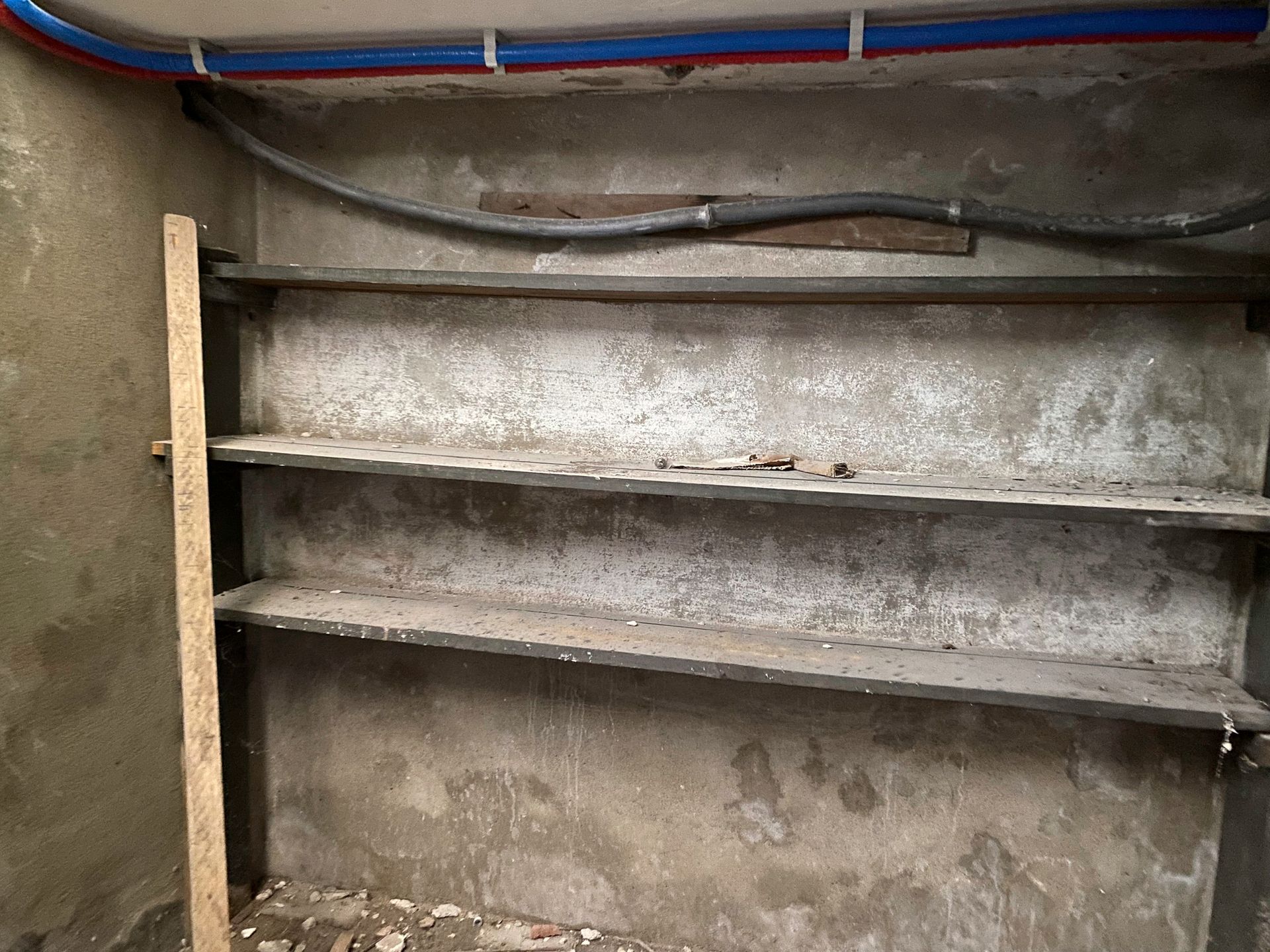Is That Crack in Brick Wall Serious? How to Assess and Fix It
Seeing a crack in your brick wall can be concerning. Is it just cosmetic, or does it indicate a serious structural issue? This article will help you understand the different types of cracks in brick walls, including a crack in brick wall assessment of their severity, and guide you on the appropriate repair methods.
Key Takeaways
- Cracks in brick walls can be caused by shifting soil, water damage, and thermal expansion, necessitating timely assessment to prevent structural damage.
- Different crack types—vertical, horizontal, and stair-step—indicate varying levels of severity, with horizontal and stair-step cracks suggesting more serious foundation issues.
- Preventive measures, such as proper drainage systems, regular home maintenance, and the use of expansion joints, are crucial for minimizing future cracks in brick walls.
Common Causes of Cracks in Brick Walls
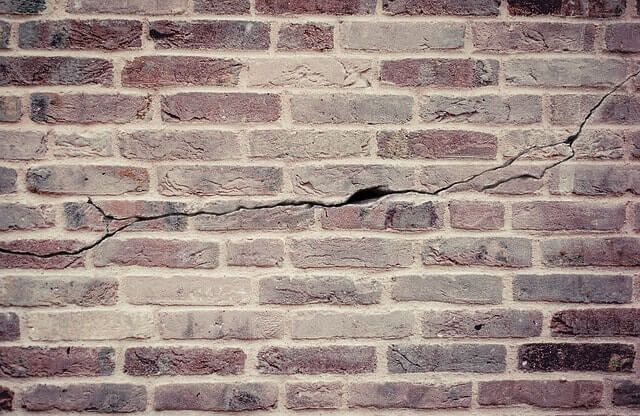
Before:
Understanding the common causes of cracks in brick walls is the first step in addressing and preventing them. Cracks in brick walls can arise due to various factors, including shifting soil conditions, water damage, and the natural wear and tear of brick and mortar over time. Environmental factors such as extreme temperatures, freeze/thaw cycles, and foundation shifts also play a significant role in the formation of brick cracks. Additionally, water damage from leaking pipes or blocked gutters can exacerbate the issue, leading to more pronounced and persistent cracks.
After:
Understanding the common causes of cracks in brick walls is the first step in addressing and preventing them. Cracks in brick walls can arise due to various factors, including:
- Shifting soil conditions
- Water damage
- Natural wear and tear of brick and mortar over time
- Environmental factors such as extreme temperatures
- Freeze/thaw cycles
- Foundation shifts
Additionally, water damage from leaking pipes or blocked gutters can exacerbate the issue, leading to more pronounced and persistent cracks.
Differential settlement, hydrostatic pressure, and thermal expansion are three primary causes of cracks in brick foundations that warrant closer examination. Each of these factors affects brick walls differently, leading to various types of cracks that can indicate different levels of severity. Homeowners who understand these causes are better equipped to monitor and address potential issues before they become serious.
Differential Settlement
Differential settlement occurs when one part of a foundation sinks more quickly than others, causing stress and cracks in the brick walls. This uneven settling can be due to factors such as expansive soil, erosion-prone soil, improper grading, or even tree root damage. When the foundation settles unevenly, it can lead to small vertical cracks that may widen over time if not addressed.
Clay soil, in particular, is notorious for expanding with moisture and contracting during dry periods, which can lead to significant foundation movement. Monitoring for these vertical cracks can help identify early signs of foundation issues, allowing for timely intervention and repair before more severe damage occurs.
Hydrostatic Pressure
Hydrostatic pressure is another common cause of brick wall cracks. This pressure builds up when water accumulates in the soil surrounding a foundation, creating stress that can cause foundation walls to bow inward and form horizontal cracks. Proper drainage systems are crucial in preventing water buildup and the associated hydrostatic pressure.
Keeping gutters clear and directing water away from the foundation significantly reduces the risk of hydrostatic pressure. Additionally, sealing brick surfaces can protect against moisture absorption and damage due to freezing temperatures, further mitigating the risk of cracks caused by hydrostatic pressure.
Thermal Expansion
Thermal expansion occurs when bricks expand and contract due to temperature fluctuations. This constant movement can lead to cracks, particularly in areas where the temperature varies significantly between seasons. Most cracks due to thermal expansion are cosmetic, but vertical cracks should still be inspected to ensure they do not indicate more serious issues.
Expansion joints are crucial in preventing cracks caused by thermal expansion. These joints allow for the natural movement of bricks without causing damage, maintaining the structural integrity of the wall. Incorporating expansion joints can significantly reduce the risk of cracks caused by temperature changes and moisture exposure.
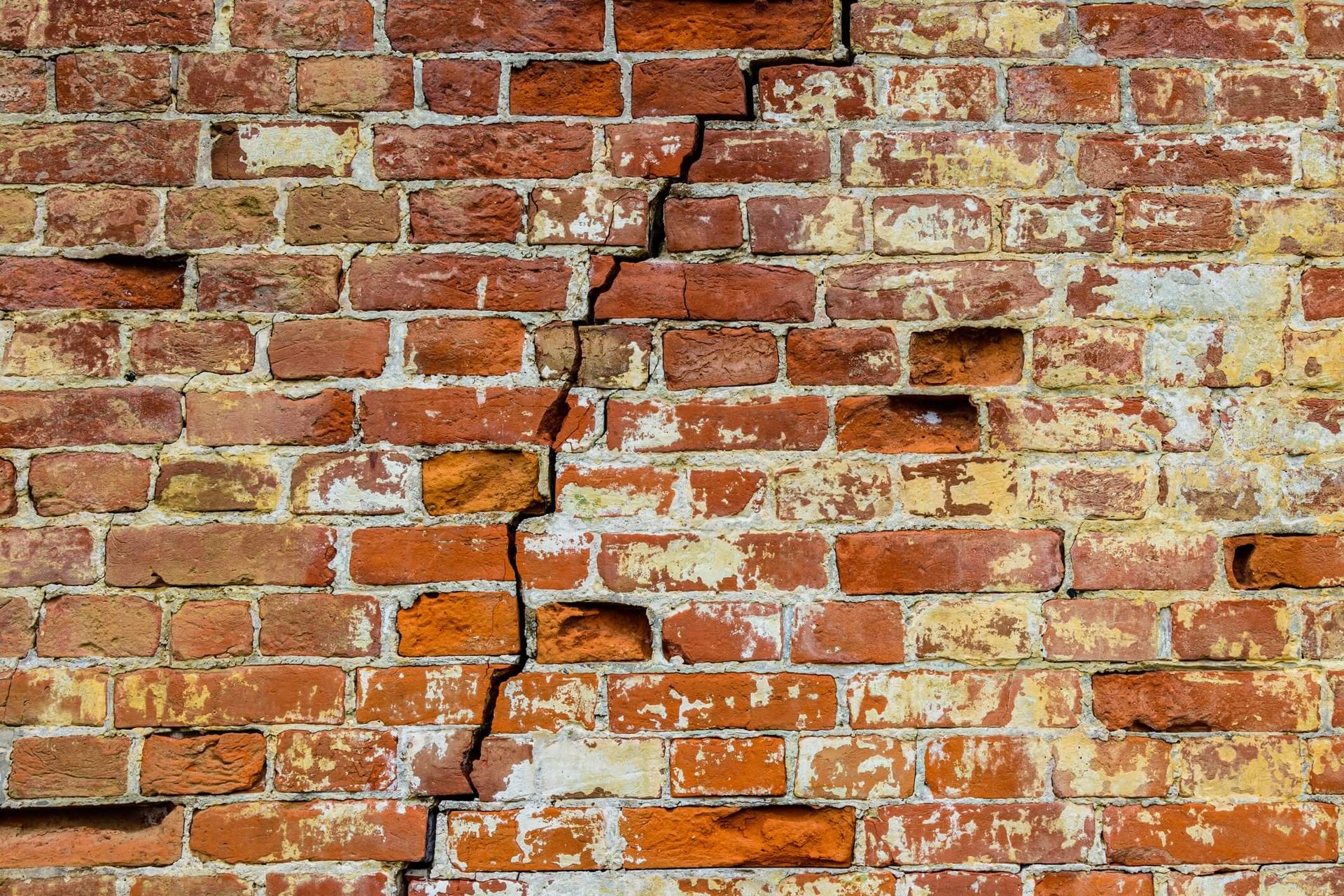
Types of Cracks in Brick Walls
Recognizing the different types of cracks in brick walls can help homeowners understand the underlying causes and potential severity of the damage. The main types of cracks include vertical, horizontal, and diagonal (stair-step) cracks. Each type of crack provides clues about the underlying issues affecting the brick wall.
Horizontal cracks are typically more serious and can indicate potential foundation issues or wall bowing. Diagonal cracks, on the other hand, often appear near windows, doors, and garage lintels, suggesting foundation settlement.
Stair-step cracks, which follow the mortar joints in a step-like pattern, are commonly associated with foundation settling, especially in areas with clay soil.
Vertical Cracks
Vertical cracks in brick walls can be caused by a variety of factors, including thermal expansion and foundation settlement. These cracks can indicate significant issues, particularly if they are wider at the bottom, suggesting a sagging foundation. Indoor vertical cracks may also signal breaks in the foundation, which require professional inspection to assess potential structural damage.
Vertical brick cracks can also be a concern in these situations.
A professional should inspect vertical cracks to determine their severity and underlying cause. Ignoring these cracks can lead to more severe structural problems, including uneven floors and serious structural damage to the home.
Horizontal Cracks
Horizontal cracks in brick walls can often be attributed to foundation movements. Additionally, material depreciation may also play a role in their formation. These cracks can indicate significant issues such as foundation movement or wall bowing. Signs that a horizontal crack might be due to foundation issues include a wider side of the crack, cracks along the lower half of the wall, and bowing of the wall.
Due to the potential severity of horizontal cracks, it is advisable to consult a professional for serious repairs. These cracks are more common in older houses and require prompt attention to prevent further damage.
Stair-Step Cracks
Stair-step cracks in brick walls are a clear sign of serious structural damage that requires professional attention. These diagonal cracks often indicate foundation issues and can lead to additional problems such as cracks in drywall, warped doors or windows, and sloped floors. A brick crack can also be a warning sign of these underlying issues. When brick walls crack, it is essential to address the situation promptly.
If you notice stair-step cracks in your brick walls, you must schedule a professional inspection immediately. Addressing these issues promptly can prevent further structural damage and costly repairs.
Assessing the Severity of Cracks in Brick Walls
Assessing the severity of cracks in brick walls helps determine the necessary course of action. While not all cracks are serious, some can indicate underlying structural or foundation problems that need immediate attention. Medium cracks in brick walls may signal such issues, and neglecting them can lead to more damage and costlier repairs.
Look for other suspicious signs around the home to determine if cracked bricks might indicate a foundation issue, such as uneven floors, sticking windows, and doors.
Timely assessment and repair are vital to maintaining the home’s structural integrity and preventing further damage.
Hairline Cracks vs. Structural Cracks
Hairline cracks are typically cosmetic and do not pose an immediate threat to the structural integrity of the home. These minor cracks are often caused by normal settling or temperature changes and are usually not dangerous. Cracks that are smaller than one-sixteenth of an inch are typically viewed as non-serious. This size is generally not a cause for concern.
In contrast, structural cracks are deeper and can affect the strength of the wall. Cracks that exceed 3 mm and grow over time indicate a serious issue that requires professional inspection. Horizontal cracks and those wider at the top than the bottom are particularly concerning and may signal serious structural problems.
Monitoring Crack Progression
Monitoring crack progression helps determine if they are worsening and need immediate attention. Cracks larger than a quarter-inch wide should be closely monitored for any changes in size or shape.
Regular inspections and tracking crack development help homeowners know when to seek professional help. This proactive approach can prevent minor issues from escalating into significant structural problems, ensuring the longevity and safety of the home.
Repair Methods for Cracked Brick Walls
Repairing cracked brick walls involves identifying the cause of the crack and selecting the appropriate repair method. Quality tools and materials from a reputable supplier are necessary to ensure a durable and effective repair. Depending on the severity of the crack, different methods such as applying mortar, inserting new bricks, or professional foundation repair may be required.
Using the correct repair approach maintains the brick wall's structural integrity and aesthetics. Whether dealing with minor cosmetic cracks or significant structural damage, addressing the issue promptly and correctly is crucial to preventing further damage and costly repairs.
Applying Mortar
Applying mortar is a common method for repairing minor cosmetic cracks in brick walls. The process begins with removing old mortar and broken brick pieces. After cleaning the spaces with a wire brush, spray the wall with water to prepare the surface for new mortar.
Using a trowel, apply mortar as if buttering bread, ensuring it fills the voids and creates a smooth finish. For minor cosmetic cracks, cleaning, widening slightly, and filling with masonry repair caulk or specialized cracked mortar can effectively restore the wall’s appearance and integrity.
Inserting New Bricks
Inserting new bricks is essential for repairing damaged brick walls and restoring their structural stability and aesthetics. The process involves tapping the new brick into place until it is flush with the existing dry brick wall, removing excess mortar, and filling any voids with mortar.
This method not only maintains the structural integrity of the wall but also enhances the overall appearance of the building. Proper mortar application during brick replacement ensures a smooth, durable finish, effectively addressing the damage.
Professional Foundation Repair
For severe structural issues, professional foundation repair is crucial. Homeowners should contact a foundation repair contractor if they notice large cracks or sagging walls. A foundation repair expert will investigate the home’s foundation for damage and determine the appropriate solutions, such as underpinning for differential settlement.
The Basement Ace, a foundation expert, provides a range of services, including foundation repair, basement waterproofing, and structural repairs. Calling a professional at the right time can save homeowners from costly repairs and ensure home safety and stability.
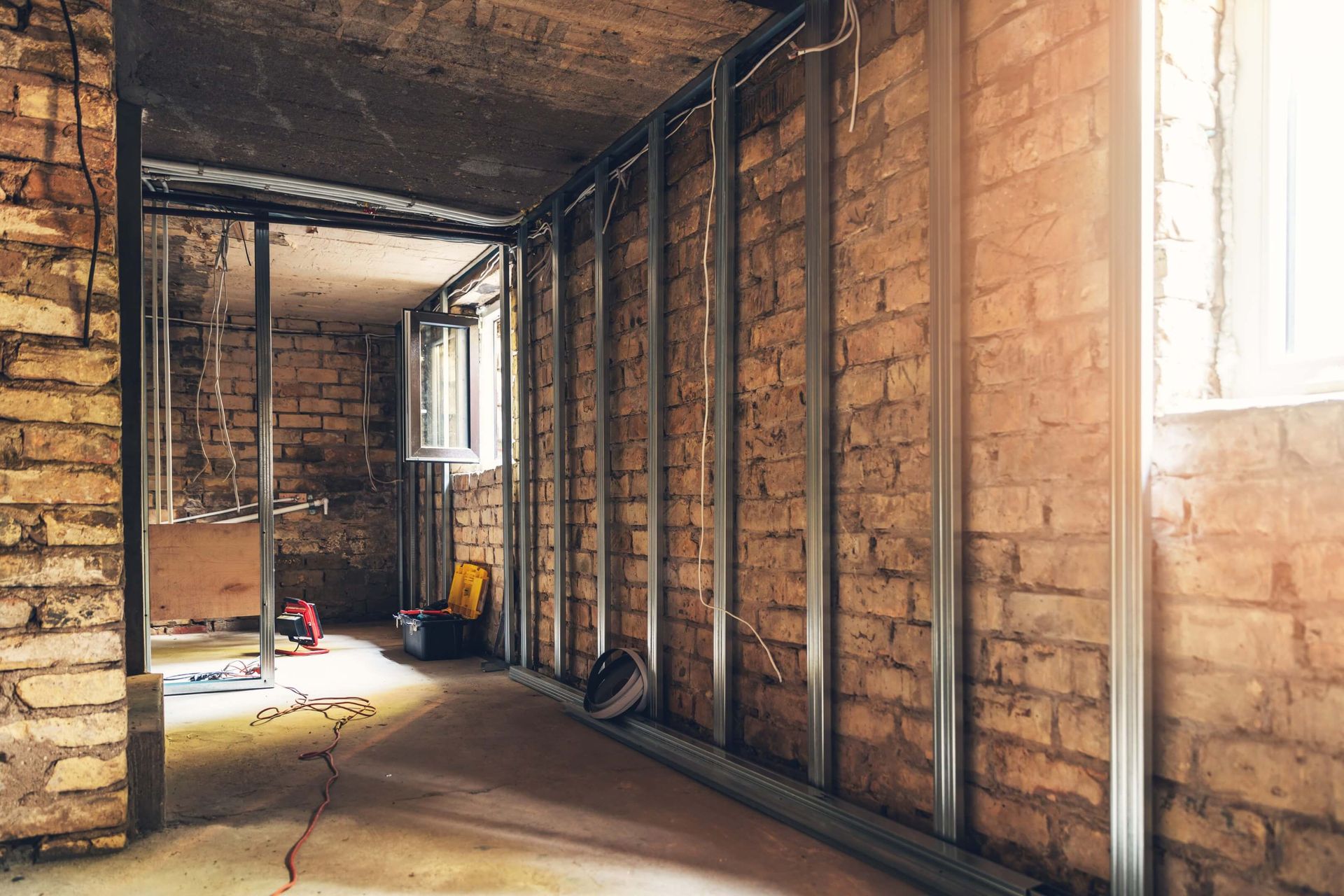
Preventing Future Cracks in Brick Walls
Preventing future cracks in brick walls involves proactive measures and regular maintenance. Weather variations, such as climate changes and heavy rain, can lead to increased moisture in brick walls, causing cracks. Proper drainage systems and well-drained masonry walls are crucial in preventing moisture-related issues.
Regular home inspections and incorporating expansion joints can also help prevent cracks. By addressing potential issues early and allowing for natural movement in brick walls, homeowners can maintain the integrity and appearance of their brick structures.
Proper Drainage Systems
Effective drainage around brick structures is essential to prevent moisture buildup that can lead to structural damage. Poor drainage can cause hydrostatic pressure, compromising the integrity of brick walls. A foundation repair expert might recommend installing a proper drainage system to mitigate risks associated with poor drainage.
Clear gutters and properly directed water away from the foundation significantly reduce the risk of hydrostatic pressure and associated cracking. Proper drainage systems are a vital component in maintaining the health and longevity of brick walls.
Regular Home Maintenance
Routine home inspections can identify issues early, preventing minor problems from escalating into significant structural failures. Annual inspections of brick walls can help identify early signs of damage, preventing costly repairs. Regular checks for damage and moisture can prevent small issues from escalating into major cracks.
Maintaining the home’s foundation and addressing minor repairs promptly ensures the overall structural integrity of the brick home.
Using Expansion Joints
Incorporating expansion joints in brick walls allows for movement due to thermal changes without causing damage. These joints accommodate the expansion and contraction of materials, helping to avoid stress that can lead to cracks. Expansion joints with compressible materials accommodate thermal movement, ensuring the wall remains intact.
Expansion joints are particularly important in areas with significant temperature fluctuations. By allowing the bricks to move naturally, these joints prevent cracks that can compromise the structural integrity of the wall. Homeowners should ensure that their brick walls are designed with adequate expansion joints to maintain their durability and appearance.
Summary
Understanding the causes, types, and severity of cracks in brick walls is crucial for maintaining the structural integrity and aesthetic appeal of your home. Differential settlement, hydrostatic pressure, and thermal expansion are common culprits behind these cracks, each requiring specific preventive and repair measures. Recognizing the different types of cracks—vertical, horizontal, and stair-step—helps in assessing the underlying issues and determining the appropriate course of action.
Regular monitoring, timely repairs, and proactive maintenance are key to preventing further damage. Whether addressing minor cosmetic cracks with mortar or seeking professional foundation repair for serious structural issues, taking prompt action can save you from costly repairs and ensure the safety and stability of your brick home. Trusting professionals like The Basement Ace for foundation inspections and repairs can provide peace of mind and expert solutions tailored to your specific needs.
Frequently Asked Questions
What are the common causes of cracks in brick walls?
Cracks in brick walls are commonly caused by differential settlement, hydrostatic pressure, thermal expansion, and environmental factors like extreme temperatures and water damage. Addressing these issues promptly can prevent further damage.
How can I differentiate between cosmetic and structural cracks?
To differentiate between cosmetic and structural cracks, observe the size and depth; cosmetic cracks are usually hairline and minor, while structural cracks are deeper and wider, often signaling foundation problems. Understanding these differences can help you address any potential issues promptly.
When should I contact a professional for crack repairs?
You should contact a professional for crack repairs if you observe large cracks, sagging walls, or any signs of serious structural damage like horizontal or stair-step cracks. Timely intervention can prevent further complications.
What are the benefits of installing expansion joints in brick walls?
Installing expansion joints in brick walls effectively prevents stress and cracks caused by thermal movement, thereby protecting the wall's structural integrity. This proactive measure ensures longevity and durability in brick construction.
How can I prevent future cracks in my brick walls?
To prevent future cracks in your brick walls, ensure proper drainage is in place, perform regular maintenance, and add expansion joints to allow for thermal movement. These measures will help maintain the integrity of your walls over time.
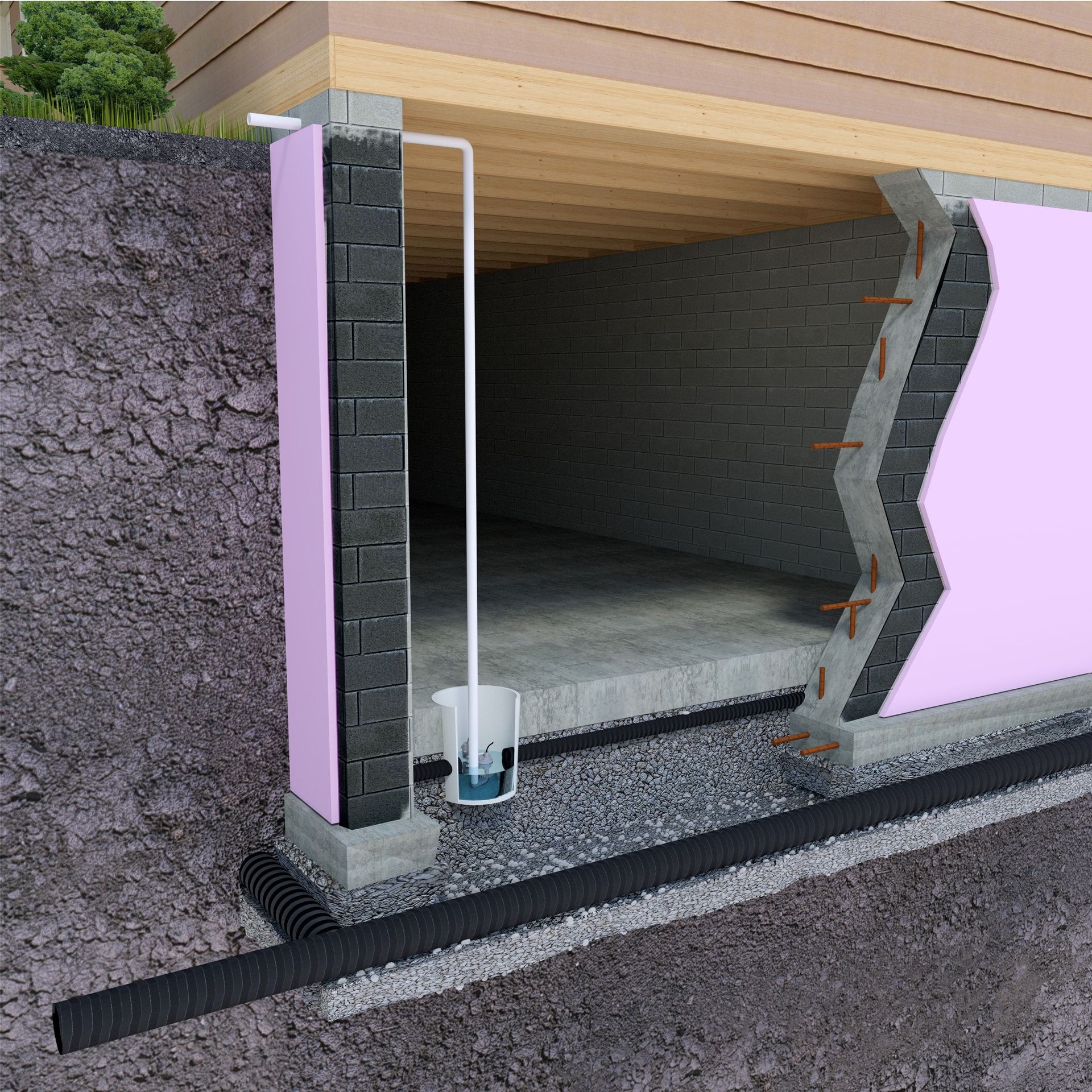
All Rights Reserved | The Basement Ace (Formerly Basement Authorities NH)
